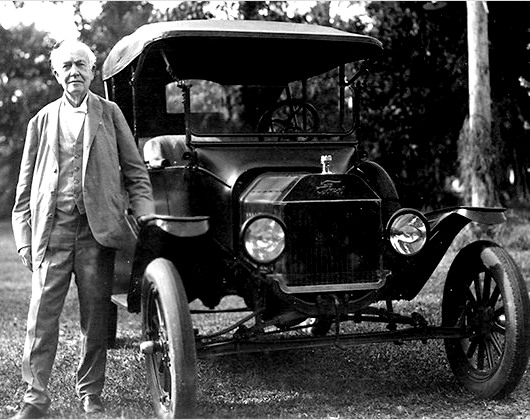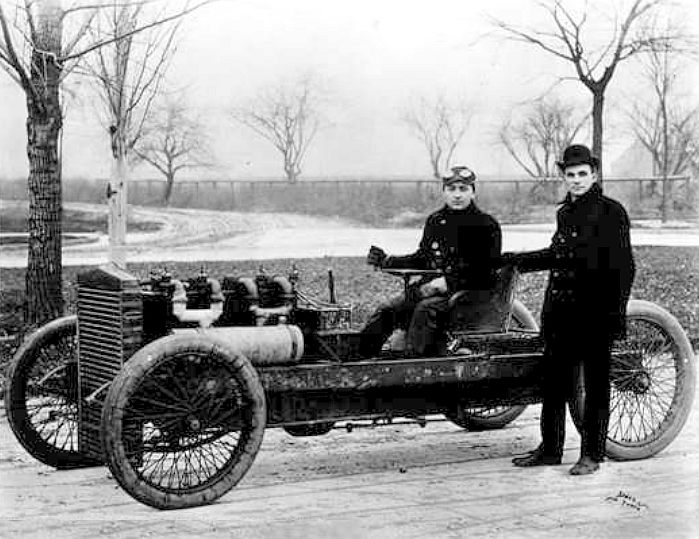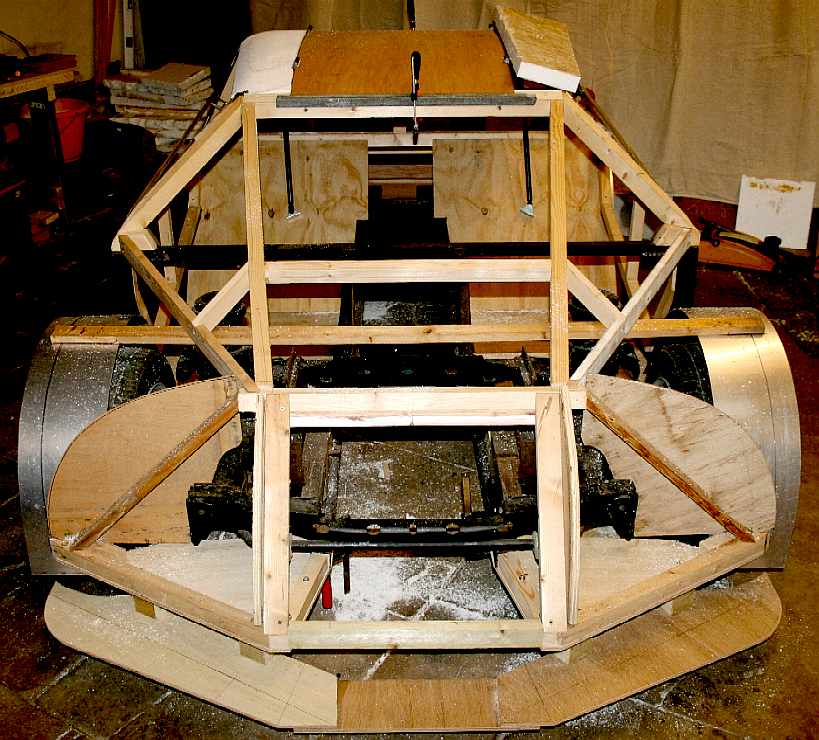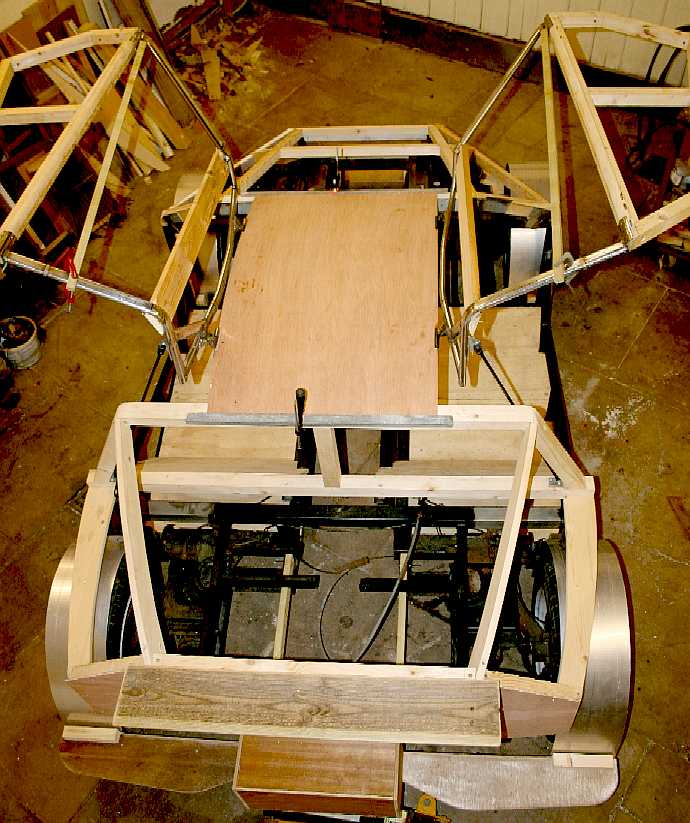|
'JVH2' WORLD HYDROGEN TROPHY
Please use our A-Z INDEX to navigate this site where page links may lead to other sites, or see HOME
|
|
The world's first hydrogen fuel-cell cartridge car. When we say hydrogen, we mean ammonia and methanol as well, by way of future proofing for manufacturers, and hedging of bets for consumers. Since the cartridges can contain either fuel, providing electrical power at standard voltages, to cater for over 90% of existing EV's.
Built in cartridge exchange, imbues the vehicle seen above, with the capability of swapping between fuel types, at the flick of a switch, and in around 2 minutes. It is a design from 2014, well before the JVH2 was conceived, so never made it past a working demonstrator stage, for lack of funding - mainly because the climate and energy crises were not important nine years ago.
Probably more important is the the cartridges it uses, can also be the basis of a load levelling infrastructure, where vehicles might be refueled, but where the roadside service stations might give energy back to the electricity grid, in times of shortages. Hence, the service stations form an energy storage system that may be networked to supplement, or replace existing grid networks entirely.
With Europe, and the rest of the world reeling from Covid 19 and the Russia-Ukraine war. All of a sudden, renewable energy, and independence from fossil fuel suppliers - has taken on new meaning.
Why not enter a vehicle or service station design of your own, in the Jules Verne Hydrogen Trophy, series of competitions. All aimed at promoting clean, renewable energy, to reduce the cost of power for vehicles, and electricity for homes and industry.
You cant help world leaders by showing what is possible. Just like the car above, except, now you'll have a chance of making a difference, instead of preaching to deaf ears.
Entrants may use the trademarks: JVH2 and SmartNet (in the appropriate classes) free of charge for their projects, to help them with PR and to obtain funding, and interest backers.
OTHER IMPORTANT HISTORIC FIRSTS: HENRY FORD - The Model T is famous as the first mass produced car, that many people could afford. It is arguably the first people's car. The next people's car was the Volkswagen Beetle and after that the Austin Mini. Though the Citroen 2CV and many other lesser volume produced cars should get a mention.
What is not so well known is that Henry set a land speed record on January the 4th 1912, Henry Ford set a land speed record on ice at 91.37 mph on the frozen surface of Michigan’s Lake St. Clair. He was driving a four-wheel vehicle, dubbed the “999,” with a wooden chassis and an upright steering wheel.
BODYWORK BUILD - Progress pictures of the bodywork being made by students under guidance from an experienced fabricator. The foam used in the shaping process will be replaced with composite coachwork that could be carbon fiber one day. Meantime, while the world boils, this prototype remains as a museum exhibit, located in Sussex, England.
Hydrogen powered vehicles are becoming more popular, especially buses in cities, where diesel particulates are choking the population. There is an abundance of clean wind and solar energy that can produce green hydrogen, something that at the moment is not happening.
Please use our A-Z INDEX to navigate this site
This website is provided on a free basis to promote zero emission transport in Europe and Internationally. Copyright © Climate Change Trust 2023. Solar Studios, BN271RF, United Kingdom.
|





